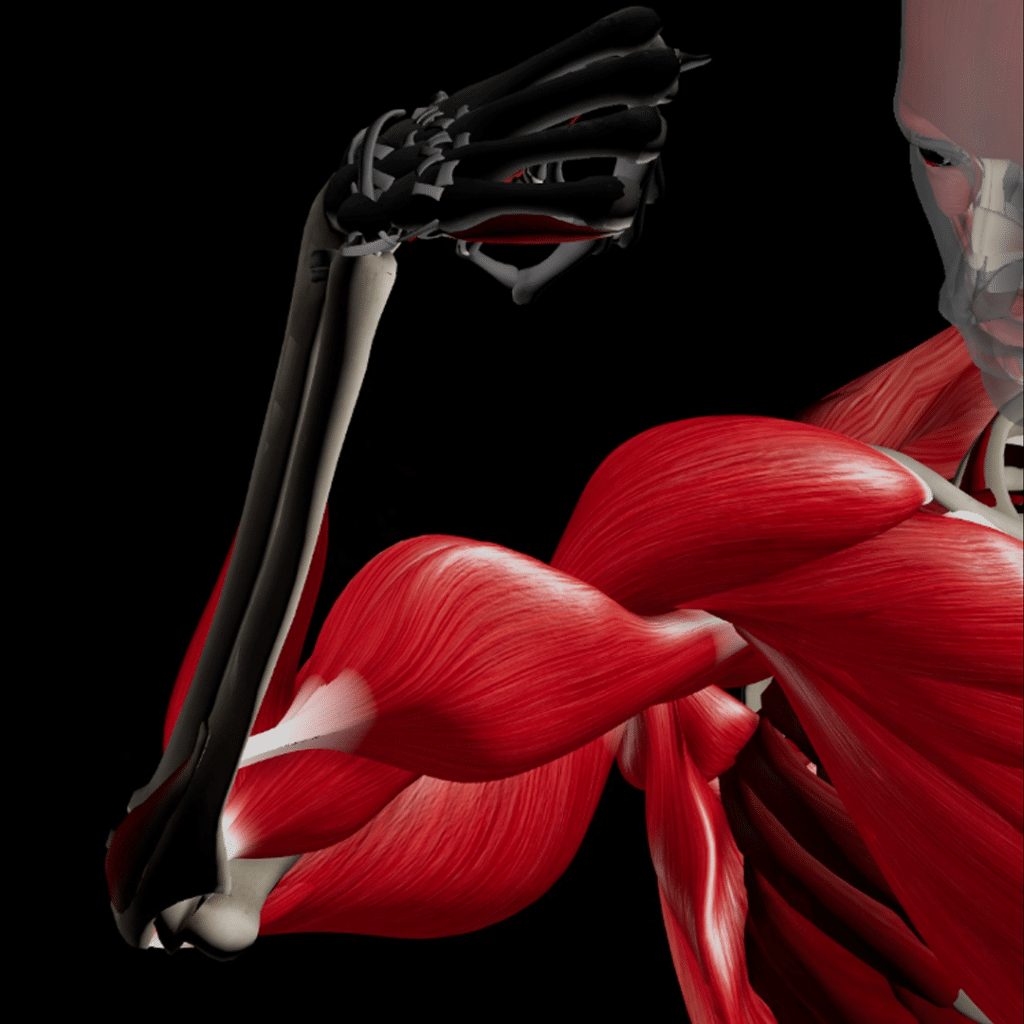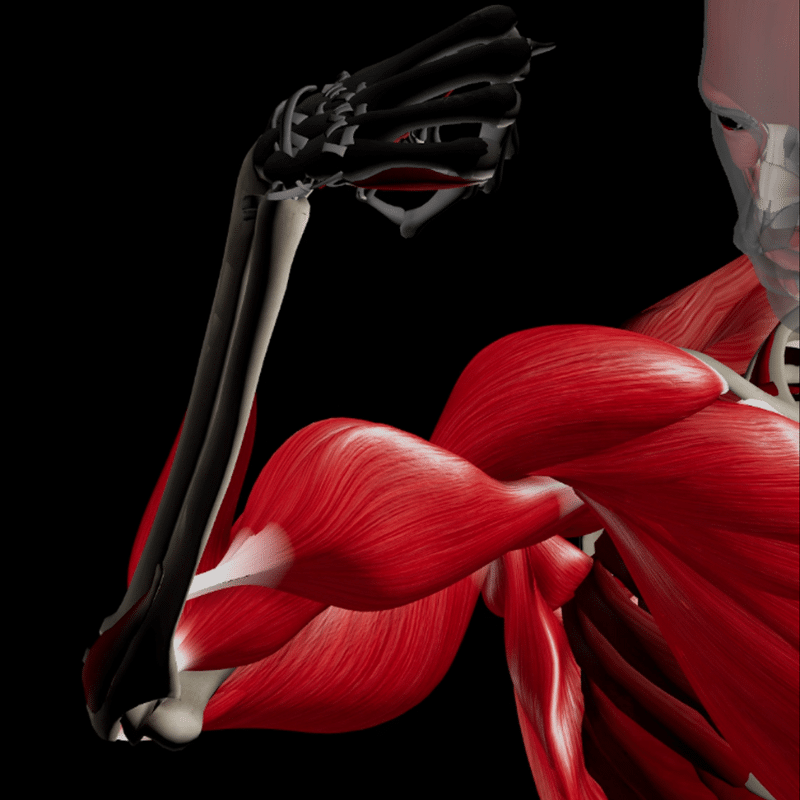Are you looking to maximize your muscle growth and strength gains?
There are countless ways to increase the load on your muscles during workouts. Consider adding more weight, cranking out extra reps, or tacking on additional sets. But have you ever considered slowing things down to amp up your results? Enter the world of time under tension – a powerful technique where you perform sets more slowly to keep your muscles working longer.
This Muscle and Motion article will explore time under tension and how it influences muscle hypertrophy and strength. We will also provide practical tips on incorporating this technique into your training regimen for optimal results.
What is time under tension?
Time under tension (TUT) refers to the total duration a muscle is under strain during a resistance training set. This concept is crucial in understanding how different movement tempos can influence muscle hypertrophy and strength. TUT is calculated by multiplying the duration of each movement phase (eccentric, isometric, and concentric) by the number of repetitions performed. For example, if you perform a pull-up with a 3-second pull (concentric phase), a 3-second hold at the top (isometric phase), and a 3-second lower (eccentric phase), your time under tension for one repetition is 9 seconds.
Research indicates that increasing time under tension, particularly during the eccentric phase, enhances muscle activation and metabolic stress, key muscle growth factors. Longer time under tension can also elevate hormonal responses and induce more significant muscle fiber damage, leading to greater anabolic signaling.[1]
Time under tension and muscle hypertrophy
Maximizing muscle hypertrophy, the growth of muscle cells, through resistance training involves manipulating various exercise variables. One such variable is the duration of repetitions, which can be critical in amplifying the hypertrophic response. A systematic review and meta-analysis conducted by Schoenfeld et al. (2015) delved into this aspect, exploring whether different repetition durations impact muscle growth.[2]
The study found that a broad range of repetition durations, specifically from 0.5 to 8 seconds per repetition, yielded similar hypertrophic outcomes.
These results indicate there is no significant benefit for increasing time under tension. However, you can use a variety of tempos to achieve muscle growth, allowing for flexibility in designing your workouts. Nevertheless, the study also revealed that very slow repetitions (lasting more than 10 seconds each) are less effective for hypertrophy.
These findings suggest that while slowing down your movements can add variety to your training without hindering muscle hypertrophy, excessively slow repetitions may not benefit muscle-building.

Time under tension and strength gains
There is a significant difference between muscle hypertrophy and strength gains. While muscle growth is primarily influenced by time under tension (TUT), strength gains are more focused on the ability of a muscle or group of muscles to exert force against resistance. Strength can be categorized into several types:
- Maximum strength: The greatest amount of force a muscle or group of muscles can produce in a single maximal effort.
- Explosive strength: The ability to generate maximal force in a very short period.
Movement velocity and its impact on strength gains
Compared to changes in muscle hypertrophy, changes in strength largely depend on the principle of specificity.[3] While load impacts strength adaptations, the effect of movement tempo (fast vs. slow) is less clear. A meta-analysis by Davies et al. found that rapid and moderate-slow resistance training improves dynamic muscular strength similarly across different experience levels and ages. However, rapid resistance training at moderate intensities showed a trend for superior strength gains compared to moderate-slow resistance training. Therefore, both training methods should be considered for novice to advanced, young, and older individuals aiming to enhance dynamic muscular strength.[4]
Supporting the idea that movement velocity influences strength gains, a study by González-Badillo et al. (2014) investigated whether maximal intended velocity training induces more significant gains in bench press performance than deliberately slower, half-velocity training. Over six weeks, participants were divided into two groups: the maximal intended velocity group, performing each repetition at maximal velocity, and the half-velocity group, performing each repetition at half the maximal velocity.[5]
Findings:
- Both groups improved their bench press strength, but the maximal intended velocity group experienced significantly more significant gains.
- The maximal intended velocity group showed an 18.2% increase in one-repetition maximum (1RM) strength compared to a 9.7% increase in the half-velocity group.
- Additionally, the maximal intended velocity group demonstrated superior improvements in the velocity developed against both light and heavy loads.
These results suggest that repetitions at maximal intended velocity can more effectively maximize strength gains than deliberately slower repetitions. While slower movements can add variety to training, maximal velocity repetitions are more beneficial for enhancing explosive strength performance.
Practical takeaways for your workouts
- Incorporate varied tempos: Use a range of tempos (0.5 to 8 seconds per repetition) to spice up your training and get the same benefits for muscle growth.
- Emphasize eccentric movements: Focus on the exercises’ eccentric phase (lowering phase) to increase muscle activation and growth.
- Use fast movements for explosive strength/power: Integrate fast, explosive movements to maximize strength gains.
- Combine fast and slow movements: Perform exercises that combine fast concentric (lifting) and slow eccentric (lowering) movements.
- Periodize your training: Plan your training cycles to include fast and slow movement velocities for balanced development.
Ever wondered what makes our anatomical animations so accurate and engaging? Click here to learn about our Quality Commitment and the experts behind our content.
At Muscle and Motion, we believe that knowledge is power, and understanding the ‘why’ behind any exercise is essential for your long-term success.
Let the Strength Training App help you achieve your goals! Sign up for free.
Reference:
- Wilk, M., Zajac, A., & Tufano, J. J. (2021). The influence of movement tempo during resistance training on muscular strength and hypertrophy responses: A review. Sports Medicine (Auckland, N.Z.), 51(8), 1629–1650.
- Schoenfeld, B. J., Ogborn, D. I., & Krieger, J. W. (2015). Effect of repetition duration during resistance training on muscle hypertrophy: A systematic review and meta-analysis. Sports Medicine (Auckland, N.Z.), 45(4), 577–585.
- Wilk, M., Zajac, A., & Tufano, J. J. (2021). The influence of movement tempo during resistance training on muscular strength and hypertrophy responses: A review. Sports Medicine (Auckland, N.Z.), 51(8), 1629–1650. https://doi.org/10.1007/s40279-021-01465-2
- Davies, T. B., Kuang, K., Orr, R., Halaki, M., & Hackett, D. (2017). Effect of movement velocity during resistance training on dynamic muscular strength: A systematic review and meta-analysis. Sports Medicine (Auckland, N.Z.), 47(8), 1603–1617.
- González-Badillo, J. J., Rodríguez-Rosell, D., Sánchez-Medina, L., Gorostiaga, E. M., & Pareja-Blanco, F. (2014). Maximal intended velocity training induces greater gains in bench press performance than deliberately slower half‐velocity training. European Journal of Sport Science: EJSS: Official Journal of the European College of Sport Science, 14(8), 772–781.


